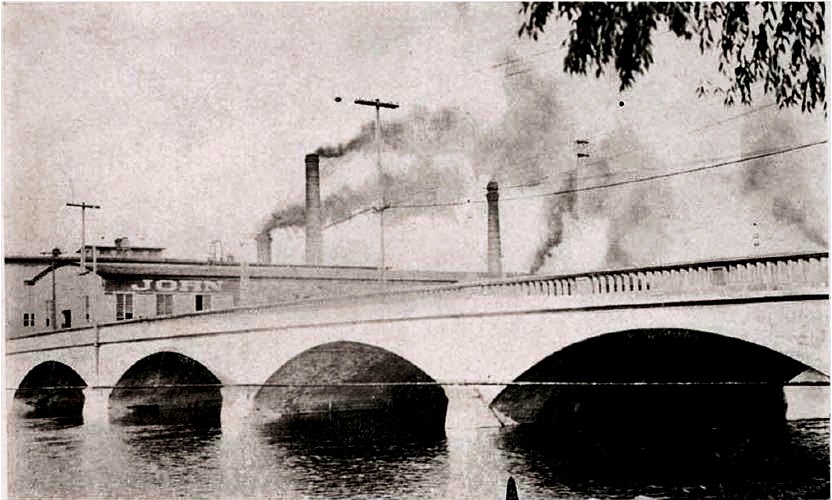November 1, 1895 Oshkosh Northwestern
So, Halloween passed "rather quietly" in the Twin Cities, according to the Northwestern, shown here to be masters of the understatement. And, oh...by the way... the railroad's roundhouse was burned down. Say what?! Totally destroyed, to include the engine inside?!
If this was a "rather quiet" night in the Twin Cities, I wonder what passed for "excitement" on the other nights?
Here's to a quiet night in your neck of the woods. Happy Halloween!
If this was a "rather quiet" night in the Twin Cities, I wonder what passed for "excitement" on the other nights?
Here's to a quiet night in your neck of the woods. Happy Halloween!






























